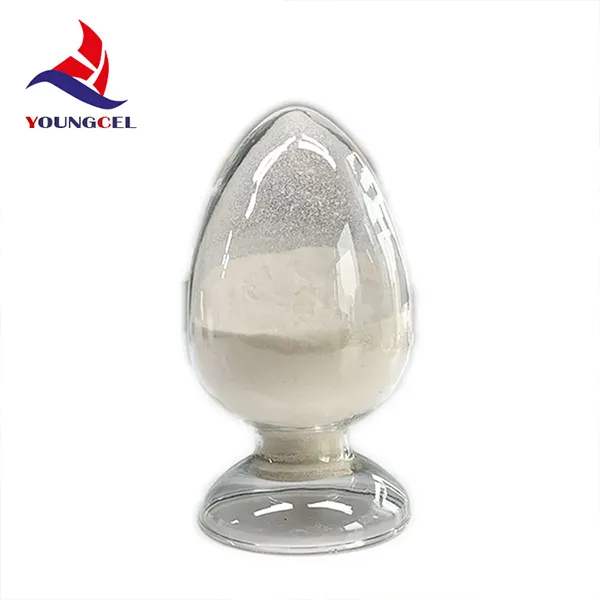Understanding HPMC 200000 Viscosity Implications and Applications
Hydroxypropyl Methylcellulose (HPMC) is a cellulose ether that has gained significant attention in various industries due to its unique properties. Among the different grades of HPMC, HPMC 200000, with its specific viscosity characteristics, stands out for its versatile applications in pharmaceuticals, food products, and construction materials. This article provides an overview of HPMC 200000 viscosity, its significance, and its practical uses.
What is HPMC?
HPMC is a non-ionic polymer derived from cellulose. It is modified chemically to enhance its solubility in water and improve certain functional properties. The numbers associated with HPMC, such as 200000, denote the viscosity level of the polymer solution at a specific concentration when measured in centipoise (cP). For HPMC 200000, this viscosity indicates a high degree of thickening and gelling potential, making it highly useful in various formulations.
Properties of HPMC 200000 Viscosity
The viscosity of HPMC 200000 is a critical factor that influences its behavior in different applications. The high viscosity makes it an effective thickening agent, allowing manufacturers to achieve desired consistency and texture in their products. The unique rheological properties of HPMC 200000 mean it can provide stability, improve flow characteristics, and enhance the overall performance of formulations.
In pharmaceutical applications, HPMC 200000 is especially valued due to its ability to form gels and control the release of active ingredients. This is paramount in creating sustained-release formulations for medications, ensuring that they release their active components slowly over time, which can improve therapeutic efficacy.
hpmc 200000 viscosity

Applications of HPMC 200000
1. Pharmaceuticals HPMC 200000 is widely used in drug formulations, particularly in oral dosage forms such as tablets and capsules. It serves as a binder and helps prevent the disintegration of the tablet before it reaches the gastrointestinal tract. Additionally, it’s used in controlled-release formulations, enhancing the bioavailability of certain medications.
2. Food Industry In food applications, HPMC 200000 acts as a stabilizer, emulsifier, and thickener. It is used in sauces, dressings, and dairy products to improve texture and prevent separation. HPMC is also recognized for its ability to provide a smooth mouthfeel, making it a popular choice in the formulation of low-fat or gluten-free products.
3. Construction Materials The construction industry benefits from HPMC 200000 through its use in cement-based products, plaster, and adhesives. It enhances the workability of mortars and improves adhesion, water retention, and flexibility, making it an essential additive in modern construction materials.
4. Cosmetics In cosmetic formulations, HPMC 200000 acts as a thickening agent and can improve the stability of lotions, creams, and gels. Its ability to provide a desirable texture while maintaining clarity makes it a preferred choice in skin care and personal care products.
Conclusion
HPMC 200000 viscosity plays a crucial role in determining the performance and application of this versatile polymer across diverse industries. Its unique properties allow it to serve multiple functions, from acting as a thickener to enhancing stability and controlling release in pharmaceutical formulations. As industries continue to innovate, the demand for effective materials like HPMC 200000 is likely to grow, underscoring the importance of understanding this critical component in product development. Whether in a tablet or a sauce, HPMC 200000 showcases how scientific advancements in material properties can transform everyday products.
-
Premium Detergent Grade HPMC Hydroxypropyl Methylcellulose: Superior Thickening & StabilityNewsAug.31,2025
-
HEC 100000 Hydroxyethylcellulose for Paint | Superior ThickeningNewsAug.30,2025
-
Wall Putty Rdp Powder Packaging DesignNewsAug.29,2025
-
Introduction to Hpmc Hydroxypropyl Methyl CellulosNewsAug.29,2025
-
Hpmc Industri Grade IntegrationNewsAug.29,2025
-
How to Choose the Right Construction AdhesiveNewsAug.29,2025




